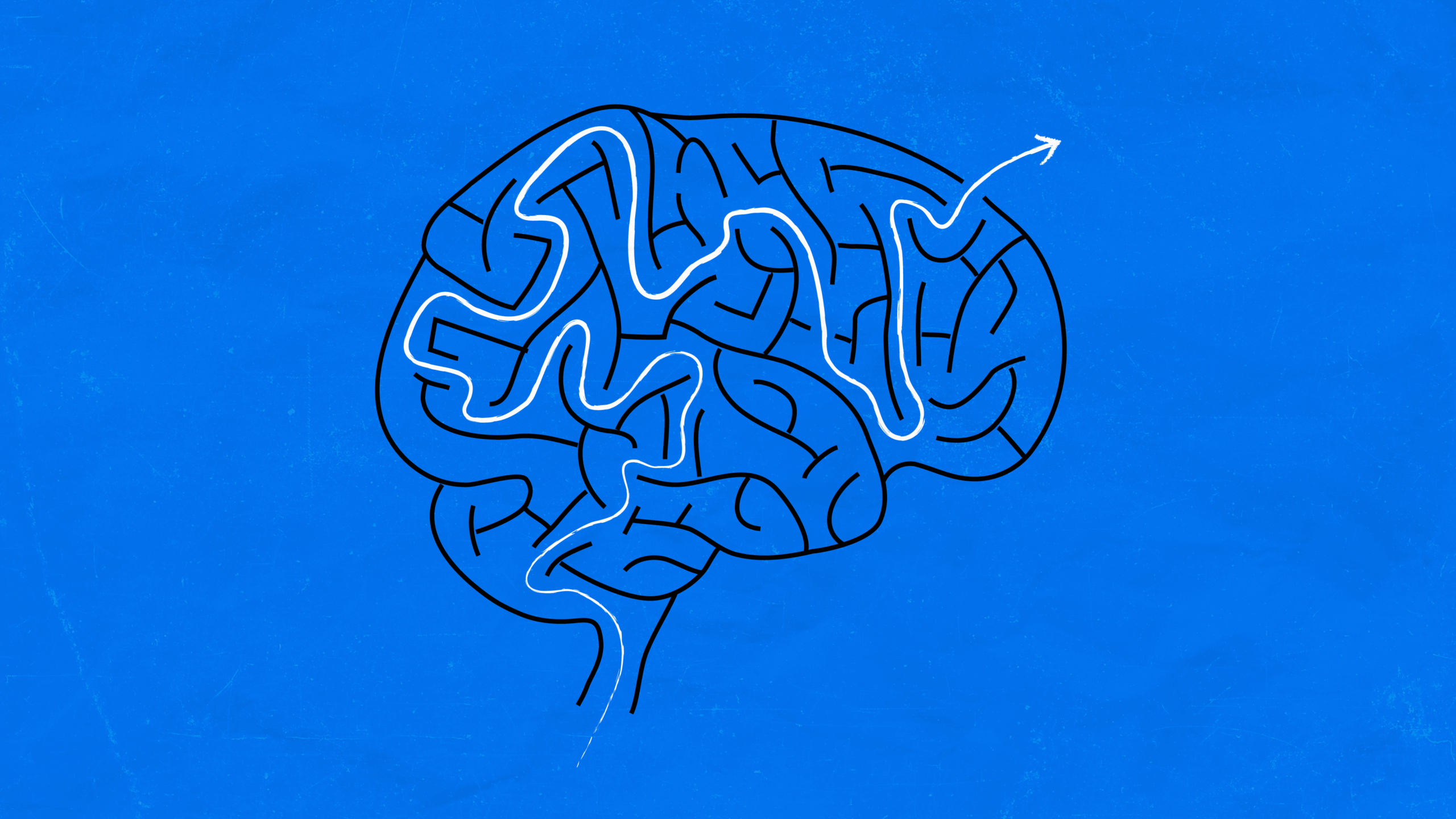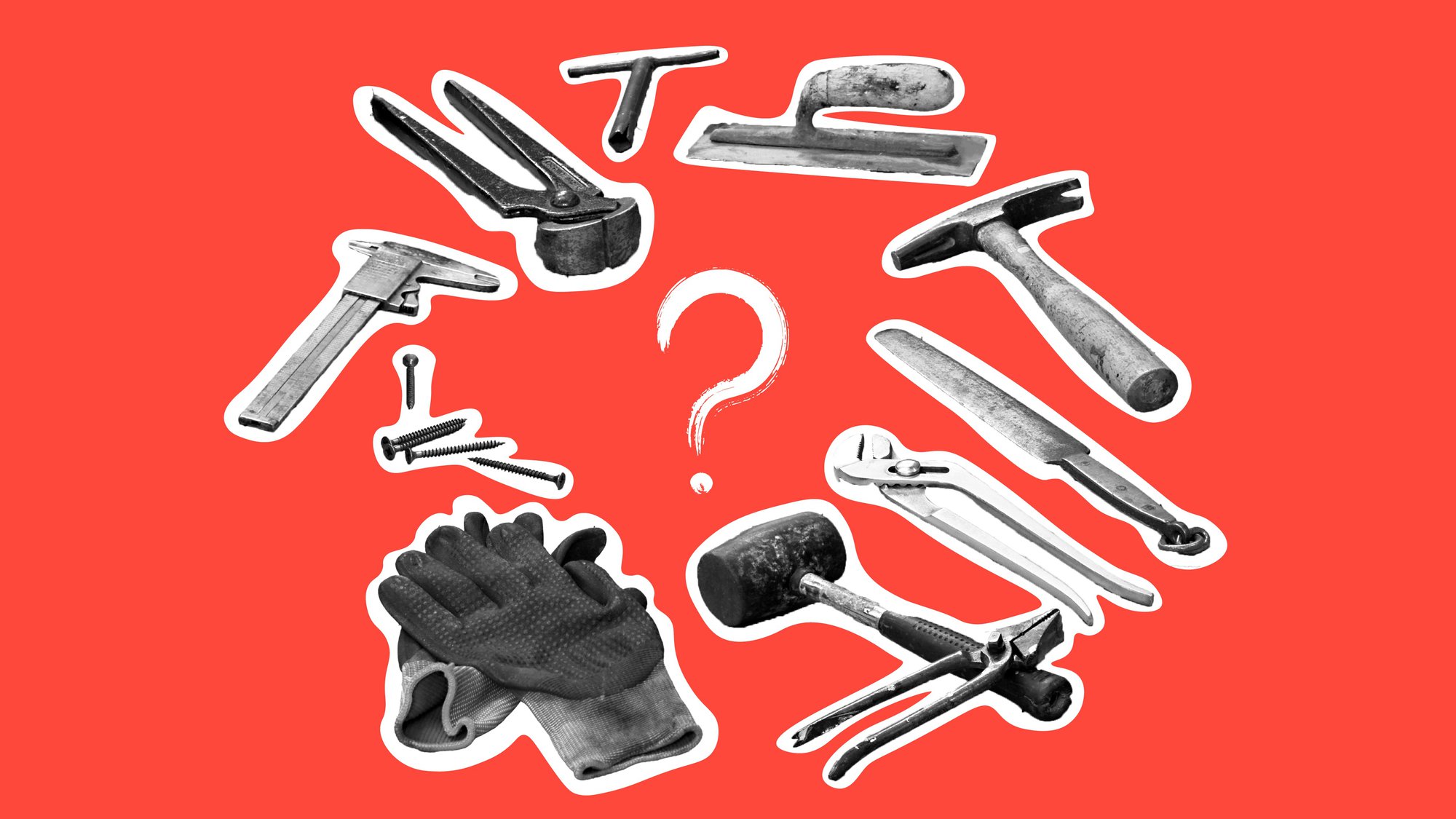What motivates us at work

How can behavioural science drive employee engagement and performance at work? Well, ‘Drive‘ has become a bit of a ‘go to’ resource for us here at The Team so we thought we would share a review.
This book is one that you should read for any exploration of behavioural science in the workplace. ‘Drive’ is essentially about what motivates us at work and is driven by an examination of the differences observed between extrinsic motivation and intrinsic motivation.
As Steve Jobs supposedly said, “If you are working on something that you really care about, you don’t have to be pushed. The vision pulls you along.”
Daniel Pink challenges the traditional “carrot-and-stick” approach to work performance that has existed in workplaces (and schools) for the past couple of centuries. Essentially, the constructs for work and motivation to work were designed for compliance i.e. factories producing widgets, and not for knowledge work.
The book cites behavioural science research going back to the forties that continuously unpicks the argument for extrinsic motivation. In fact, using research from behavioural scientists like Edward Deci, who demonstrates how extrinsic rewards harm performance. His experiments in the 1970s with groups who are paid to solve puzzles against groups who are not paid but instead end up being pulled in by the task prove Steve Job’s quote.
The front-end of the book is full of stories and data that shatter the myths around extrinsic rewards (cash) as a driver for performance.
The best use of money as a motivator is to pay people enough to take the issue of money off the table.
Pink articulates 3 pillars for (intrinsic) motivation at Work
- Autonomy
- Mastery
- Purpose
I badge these under Work motivators.
I have a more detailed model (trademarked to me, so back off ) that includes two more buckets for motivation: these are Recognition and Involvement. Under these labels there are 3 more pillars respectively.
Recognition
- Welcomed
- Cared for
- Appreciated
Involvement
- Belonging
- Exploration
- Fairness
These aren’t ‘Pinkisms’ but part of my wider model for motivation. More on them in a later post (maybe).
Anyhow, back to Daniel Pink and his brilliant 3 pillars.
1. Autonomy
This is all about self-determination theory and the belief that we are all naturally curious if given the freedom to choose how, when, and with who we work. The data supports the argument that this makes us more engaged and more productive.
Autonomy breaks down into four key areas, and this is uber important because so many companies talk about empowering their people but it’s rubbish – it’s just buzz words on a page.
- Task: People need to have some control over what they do
- Time: They need to be in control of when they do it
- Technique: They need to be in control of how they do it
- Team: And this is the hardest, they need to organise around self-managed teams
If you get autonomy in these areas up then employees become more focused on quality outcomes, on innovation and problem solving and satisfaction levels go sky high.
2. Mastery
Getting better at what we do matters. It’s a journey where we never reach the destination. Athletes have this mindset – they are always trying to get that little bit better. This is NOT about being the best because we can’t all be the best. It is just about getting better. The evidence shows that people are motivated by challenge and the journey and that it requires effort, resilience (but not abusive resilience), and practice. As James Clear said,
It’s not about any single accomplishment. It is about the cycle of endless refinement and continuous improvement.
Pink identifies 3 considerations
- Mindset: It’s about marginal gains, dedication, and a love of hard work.
- Flow: He talks about ‘flow’, which is that happy state we find ourselves in when we are absorbed in what we are doing. Artists do it when they are locked in an almost trance-like state and producing art*
- The Journey: One thing to accept is that the pursuit of mastery is endless. Accept that and enjoy the journey.
If a business can create a workplace where the art of learning, getting feedback (not just from managers), and growing that little bit every day is the norm, then you’ve cracked Mastery.
*A note of ‘Flow’: In an experiment done with 15 artists a group of scientists collected 60 pieces of work for assessment by well-known critics. Each artist was asked to contribute one piece that was commissioned i.e. paid for (extrinsic motivation) and one piece that was non-commissioned i.e. they had done it for themselves (intrinsic motivation.)
They were not told why the exercise was being conducted.
When reviewed by the critics and assessed for artistic credibility and quality the non-commissioned pieces out-performed the other pieces of work.
3. Purpose
There has been so much written about purposeful brands and how they attract customers and employees. People want to work for, and buy from, brands that have a purpose and are being progressive. There is a point in life where we realise that there is something larger than ourselves and Pink argues that people are most motivated when serving that need.
Having a clear purpose, set of values and behaviours, a cultural blueprint, and a strategy, and then connecting people and their roles to that framework counts. It not only gives people purpose, but injects energy, creates loyalty, and inspires extra discretionary effort.
A quick note on the extrinsic ‘Carrots and Sticks’
Throughout the book Pink talks about Type I and Type X behaviour. Type I is Intrinsic motivation and Type X is Extrinsic. He argues, successfully, that extrinsic rewards i.e. if you do this then you will get more money, actually undermines performance. But he also points out that there are times when they can be effective. For example:
- Routine tasks that require little creativity e.g. put as many items in a box as you can**
- And short-term incentives that will get behaviour changed fast.
But for most modern work – even in manufacturing environments – modern brands need people who are knowledge workers, prepared to learn and adapt, so intrinsic motivators are far more effective, and sustainable.
**A note on extrinsic rewards for routine tasks: These can result in bad behaviour. For example, a parcel delivery business that rewards its drivers on how many parcels it can deliver over a given time frame may see those drivers resort to bad driving and poorly delivered parcels which in turn has an effect on their brand reputation (ahem, I’m not thinking of any brand in particular, but please stop leaving my parcels in my neighbour’s drive!)
So, what can businesses do?
- Re-engineer job responsibilities so that they offer true autonomy (time, team, technique, task)
- Create opportunities for learning and pursuit of work that inspires people (mastery.)
- Set clear, meaningful goals and connect the work people do to purpose.
- Provide regular feedback and opportunities for learning.
- Take the issue of money off the table. Make sure people have a fair living wage so that they can then focus on intrinsic motivators.
This era doesn’t call for better management. It calls for a renaissance of self-direction.
.




